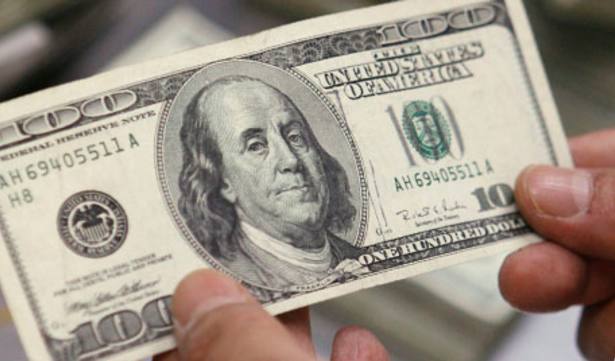
In each conversation held about president-elect Donald Trump there is an overriding theme of unpredictability. In stark contrast, following a surprisingly conciliatory victory speech on November 9, with the aim of sowing fertile fields for policymaking in congress, the market’s reaction has been far more decisive.
The increasing use of portmanteau words and phrases to timestamp a significant market event or scenario is amusing. A few of the more popular terms used to describe this latest development include: bond yields have thrown a ‘Trump tantrum’, rising sharply to price in a ‘Trumpflation environment’ induced by extreme open-ended ‘Trumponomic policies’.
‘Trumponomics’ represents an ideological shift – similar to Ronald Reagan’s move to the political right in the early 1980s – with policies designed to stimulate traditional domestic manufacturing and economic activity. It involves large corporate tax cuts, higher fiscal spending on infrastructure, rising import tariffs and tighter immigration policies; all of which suggest rising inflationary pressures over the medium term in a US economy that is arguably already operating at close to maximum employment and full potential.
Whether delivered predominately via Reagan-style, supply-side economics or Keynesian fiscal stimulus, one thing is clear: rising reflationary expectations accompanied by a stronger outlook for domestic growth is likely to result in a steeper upward path for the fed funds rate and a steeper yield curve.
Bond investors will thus demand higher inflation compensation when allocating funds and making investment decisions. Also, a persistently large and unfunded fiscal deficit could push bond yields up further by necessitating a higher risk premium across the yield curve.
Could Mr Trump’s anti-establishment victory be the start of a great normalisation process for US yields that has been threatening bond investors for decades?
Whether this interpretation of future Trump policies persists depends on what he says and does in the weeks and months ahead. If his focus is on pro-growth domestic policies, both breakeven yields (inflation expectations) and term premiums (risk premiums) are likely to continue to rise, albeit at a slower pace. If the focus is instead on trade barriers and other populist issues such as building a wall, then concerns for the outlook of the US economy are likely to prevail, halting or even partially reversing this recent move. However, the underlying trend was already in place as both breakeven yields and term premiums were already pointing up before the shock election result for reasons unrelated to Trumponomics. Therefore yields are unlikely to return to much lower levels from here no matter what Mr Trump says or does, unless the economic outlook deteriorates significantly.
For expansionary fiscal policy to work in a world of heavy debt you need a major force on your side – a central bank willing or forced to buy your debt.
What the Federal Reserve will look like under a Republican administration is also a question that cannot be ignored. The Republicans and Mr Trump have been very keen to clip the Fed’s wings and rein in its independence, and with Janet Yellen’s current four-year term as chair ending in February 2018 this is a real possibility. With a new chairperson and closer ties to government, another major reverberation from this election result is that it could trigger a marked change in the global policy order away from pure monetary towards fiscal policy, or a potent mix of both.






